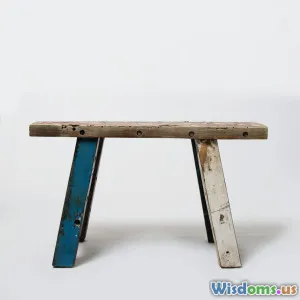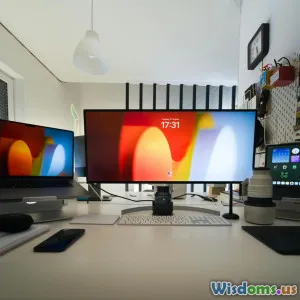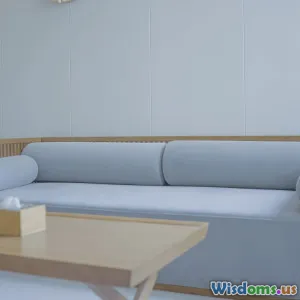
The Rise of Multipurpose Furniture for City Living
32 min read How multipurpose furniture is reshaping small urban homes—space-saving designs, real-world examples, buying tips, and sustainability insights for renters and homeowners in dense cities. (0 Reviews)
For many city dwellers, the dream isn’t more square footage—it’s smarter square footage. As rents climb, remote work lingers, and floor plans shrink, multipurpose furniture has graduated from clever gimmick to core strategy. A sofa that becomes a guest room. A coffee table that becomes a desk. A wall that becomes a bed. These are not just party tricks; they’re tools that stretch every inch of a home’s potential, adding utility the way an app adds features to a smartphone.
Multipurpose design is no longer a niche for tiny homes and micro-studios. Families reconfigure living rooms for hybrid work. Roommates divide zones with shelving that doubles as storage and privacy screens. Even suburban homeowners are reclaiming garages and basements with modular systems. The rise isn’t simply about space constraints; it’s about fluid lifestyles that demand flexibility from the places we live.
What Multipurpose Furniture Really Means (and Why It’s Different Now)

Multipurpose furniture used to mean a sleeper sofa you avoided because you feared the metal bar in the middle of the mattress. Today’s class is a different species—engineered for daily transformation, with smoother hardware, safer mechanisms, and smarter materials.
Common examples you’ll find in city homes:
- Wall beds (also called Murphy beds) with integrated shelving or desks. Many modern designs counterbalance the bed frame with springs or gas pistons so it lowers and lifts smoothly and safely.
- Lift-top coffee tables that rise to dining or laptop height and reveal storage cavities for remotes and chargers. Typical lift heights range from 9–12 inches above the closed position.
- Modular sofas with ottomans that convert from a sectional to a guest bed or split into separate seating for gatherings.
- Drop-leaf consoles that expand from 12-inch-deep hallway pieces to 6–8-person dining tables in minutes.
- Storage banquettes that anchor a dining nook, provide seating, and hide off-season gear.
What’s changed isn’t just function—durability has improved. You’ll find better hinge systems (e.g., concealed hinges with soft-close), metal-to-metal fasteners that don’t loosen easily, and frames engineered to withstand thousands of open-close cycles. In practice, that means you can fold your desk down twice a day and expect it to feel the same years later—assuming proper installation and care.
The Urban Shift: Why Multipurpose is Surging

Urban homes are getting smaller, but expectations are bigger. According to long-term UN projections, the global share of people living in urban areas is expected to rise significantly toward mid-century. Cities from New York to Hong Kong have seen strong interest in micro-units (often 250–400 sq ft/23–37 m²), while typical studios in many major metros cluster around 400–550 sq ft.
Three forces fuel the rise:
- Hybrid work: A kitchen table is not a sustainable desk. People need ergonomic, semi-permanent setups without sacrificing living space. Enter wall-mounted fold-down desks, nesting dining/desk hybrids, and cabinets that hide full workstations.
- Rent economics: If the price jump from a studio to a one-bedroom in your city is, say, $450 per month, a $2,500 wall bed with storage can pay for itself in about six months if it helps you stay in a smaller place comfortably.
- Lifestyle fluidity: Homes are no longer rigidly single-purpose rooms. Yoga studio at dawn, conference room at noon, dining room by night. Furniture has to keep up.
Retail data and design trade reports show steady growth in the multifunctional category over the past decade, particularly in modular seating, wall systems, and convertible tables. The key takeaway: the market isn’t just trendy; it’s maturing, with better after-sales support and parts availability, which matters when a hinge gets squeaky three years in.
Plan Before You Buy: A Space-First How-To
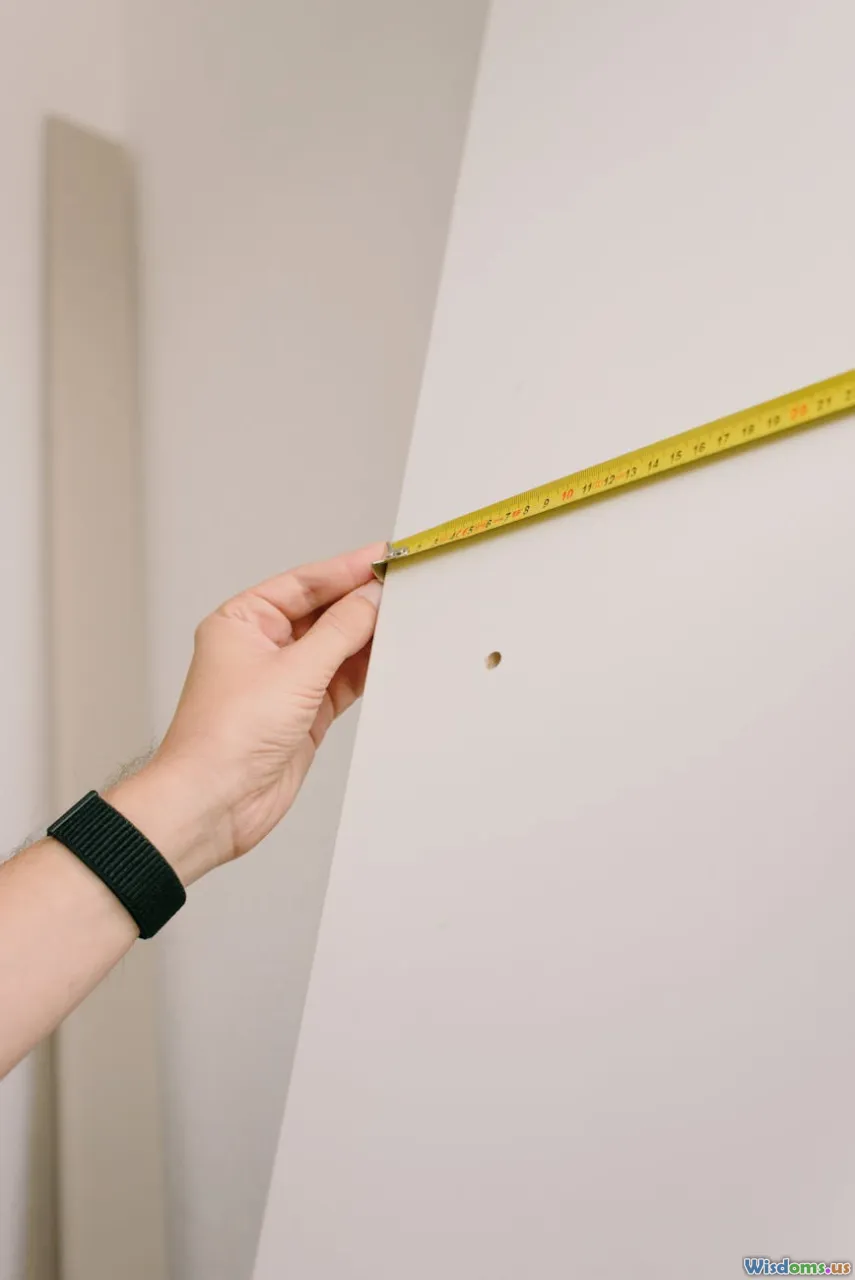
Start with a floor plan, not a product link. Here’s a practical process you can do in a weekend:
- Measure everything
- Room dimensions, ceiling height, window and door clearances, radiator and HVAC locations, outlets, and switches.
- Hallways, stairwells, and elevator dimensions for delivery. Many misorders die at the lobby door.
- Map movement and tasks
- Mark primary circulation paths at 30–36 inches wide and secondary at 24–30 inches.
- Identify zones by activity: sleep, work, dine, relax, exercise. Assign each a footprint and time-of-day priority.
- Choose transformation logic
- Vertical transform: Wall beds and lofts reclaim floor during daytime.
- Horizontal transform: Tables that expand; sofas with rollouts.
- Nesting and stow: Stools under consoles; folding chairs behind a curtain.
- Prototype with tape and cardboard
- Tape the swing arc of a Murphy bed or the extension of a drop-leaf. Can you still access the bathroom? Can a second person pass?
- Run a daily schedule simulation
- Morning: Bed up, desk down. Lunch: Desk stays but dining surface emerges. Evening: Desk stows, sofa expands. If any transition takes more than two minutes or blocks a path, refine.
Example: 300 sq ft studio
- Bed zone: 60 x 84 inches for a queen wall bed (including frame). Leave a 30-inch path along one side.
- Work zone: 36 x 20-inch fold-down desk, chair stowed under bed when closed.
- Dining: Console in hallway expands to seat four; folding chairs hang on pegs.
- Storage: Under-sofa drawers; vertical cabinet by entry for coats; shallow shelves above door for infrequently used items.
Planning this way turns a shopping list into a living system.
Mechanisms and Materials: What’s Under the Hood Matters
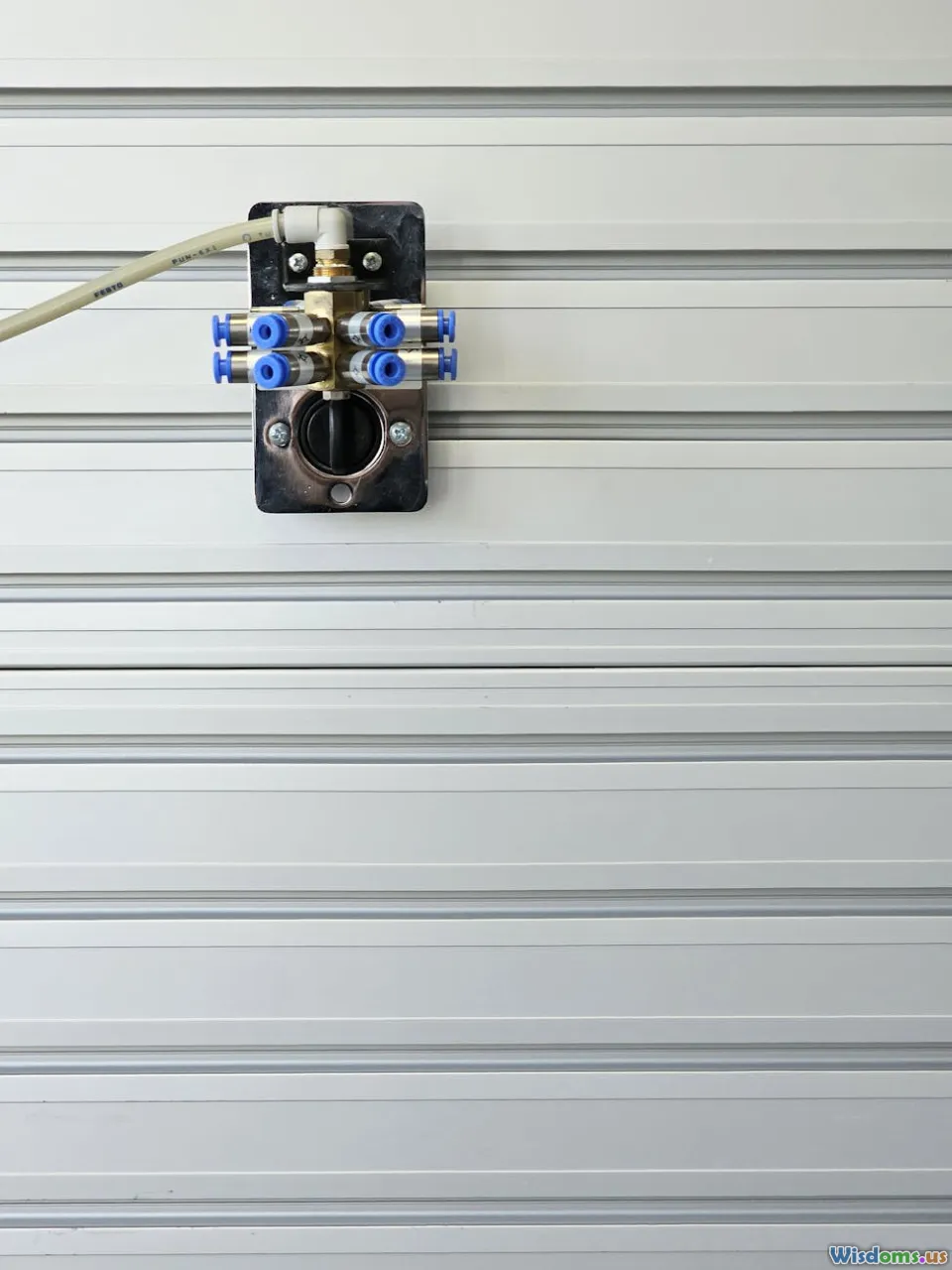
Mechanisms are the make-or-break of multipurpose pieces. Learn these basics before you buy:
- Counterbalance systems: Springs and gas pistons help wall beds and lift-tops operate smoothly. Gas pistons are quiet and self-contained; springs are robust and adjustable. Look for rated cycle counts and replaceable parts.
- Hinges: Continuous piano hinges spread load; concealed hinges look cleaner but verify weight ratings. Soft-close mechanisms reduce slam damage.
- Locking hardware: For fold-down desks and loft ladders, positive locking latches are safer than friction-only systems.
- Glides and casters: Furniture that rolls should have locking casters; look for polyurethane wheels to protect floors.
Materials snapshot:
- Plywood: Strong, dimensionally stable, better screw-holding than particleboard. Good for frames and load-bearing panels.
- MDF: Smooth finish, excellent for painted surfaces and cabinet doors; heavier and less tolerant of moisture.
- Particleboard: Cost-effective. Works if edges are sealed and hardware uses metal inserts. Avoid heavy loads near unsupported spans.
- Solid wood: Beautiful and durable but can warp with humidity; check for kiln-dried stock.
- Metal frames: Often used in wall beds and modular shelving for strength with thinner profiles.
Quality signals:
- Metal-to-metal connections (threaded inserts + machine screws) for repeated assembly/disassembly.
- Replaceable components (pistons, springs, hinges) with part numbers listed on spec sheets.
- Third-party durability testing (e.g., products that claim adherence to recognized office furniture durability standards).
A practical rule of thumb: if a piece’s utility depends on a moving part, find out how that part can be maintained or replaced before you buy.
Ergonomics for Daily Comfort

Multipurpose doesn’t excuse discomfort. Get the dimensions right:
- Seat height: 17–19 inches for most adults; sofa seat depth around 20–22 inches for upright sitting, deeper (24–26 inches) for lounging.
- Table/desk height: 28–30 inches; aim for elbows at 90 degrees when typing.
- Monitor: Top of screen at or slightly below eye level; fold-down desks should accommodate monitor arm clamps or have adequate shelf depth (at least 8 inches for a laptop, 10–12 for a monitor base).
- Mattress thickness for wall beds: 8–12 inches is common; verify manufacturer’s maximum thickness to ensure the bed closes properly.
- Foam density: For seat cushions, 1.8–2.5 lb/ft³ foam balances comfort and longevity.
For convertible dining/work tables, ensure legroom: at least 25 inches knee clearance height and 12 inches depth from the table edge to the support panel. Test wobble—narrow pedestals are convenient, but heavy tops require wide bases or cross-bracing.
If you’re short on space, consider chairs with a shallow footprint (16–18 inches deep) and armless designs that tuck fully under tables. Your posture—and your shins—will thank you.
Safety, Anchoring, and Codes: Do It Right

The most common failure point in multipurpose furniture is anchoring. Do not skip this step.
- Wall beds and tall storage: Anchor to wall studs, not drywall. In many homes, studs are 16 inches on center; in some newer or multi-family builds, 24 inches. Use appropriate lag screws and follow the manufacturer’s instructions. If you don’t know how, hire a pro.
- Anti-tip devices: Any cabinet that incorporates a pull-out desk or heavy drawers should include anti-tip straps or counterweight systems.
- Load ratings: Respect them. A shelf rated for 30 pounds per linear foot will sag if it becomes your dumbbell rack.
- Clear escape: When folded out, ensure you still have safe egress to the door. Aim for a 30–36-inch path. Do not block windows required for emergency exit.
- Upholstery fire safety: In the U.S., many upholstered pieces are designed to comply with California TB 117-2013 smolder resistance requirements. Verify compliance if you’re buying seating.
- Child safety: Avoid exposed pinch points in foldable mechanisms. Choose designs with slow-close or damped hinges if you have kids or pets.
When in doubt, ask the seller for an installation guide and safety sheet before purchase. Good manufacturers are transparent.
Sustainability: Buy Once, Buy Better

Multipurpose furniture can be a sustainability win: one well-designed piece replaces two or three mediocre ones. To amplify the benefit, look for:
- Certified materials: FSC-certified wood for responsible forestry. Low-emission finishes or GREENGUARD Gold certification for indoor air quality where available.
- Formaldehyde compliance: In the U.S., look for TSCA Title VI compliance labels on composite wood. In the EU, E1/E0 ratings indicate low emissions.
- Repairability: Choose brands that sell replacement hardware and panels. Longevity is greener than recycling.
- Modular design: If a sofa’s worn arm can be swapped without replacing the whole frame, that’s circular design in action.
- Packaging: Flat-pack is efficient, but ask about recyclable or minimal packaging.
A note on reclaimed wood: Gorgeous and sustainable when properly treated, but confirm it’s de-nailed, kiln-dried, and sealed to avoid pests or moisture issues. Also, check finish compatibility if you plan to refinish later.
The Economics: What’s the ROI of Flexibility?

Think in cost-per-square-foot and cost-per-use, not just sticker price.
Scenario A: Studio vs. One-Bedroom
- Monthly rent gap: Suppose a one-bedroom costs $450 more than a studio in your city.
- Investment: $2,500 wall bed with integrated storage; $450 lift-top coffee/dining table.
- Payback: $2,950 / $450 ≈ 6.6 months. After that, it’s savings—plus you enjoy built-in storage and better workflows.
Scenario B: Dining expansion vs. entertaining out
- Dining console that expands to seat eight: $800.
- Average cost of dining out for four, twice a month: say $160 per outing x 2 = $320/month.
- Even if you only replace one dining-out trip per month with an at-home gathering, the table might pay for itself in less than three months in experiential value—and there’s resale value.
Scenario C: Work-from-home productivity
- Lift-top coffee table ($250–$500) that promotes better posture and reduces back pain vs. lost productivity and PT bills. The math isn’t as linear, but the daily comfort dividends are real.
Also consider moving costs, elevator bookings, and potential wall repair if you’re installing anchors in a rental. That $150 handyman visit can prevent a $1,500 catastrophe.
Style Strategies That Make Multipurpose Feel Intentional
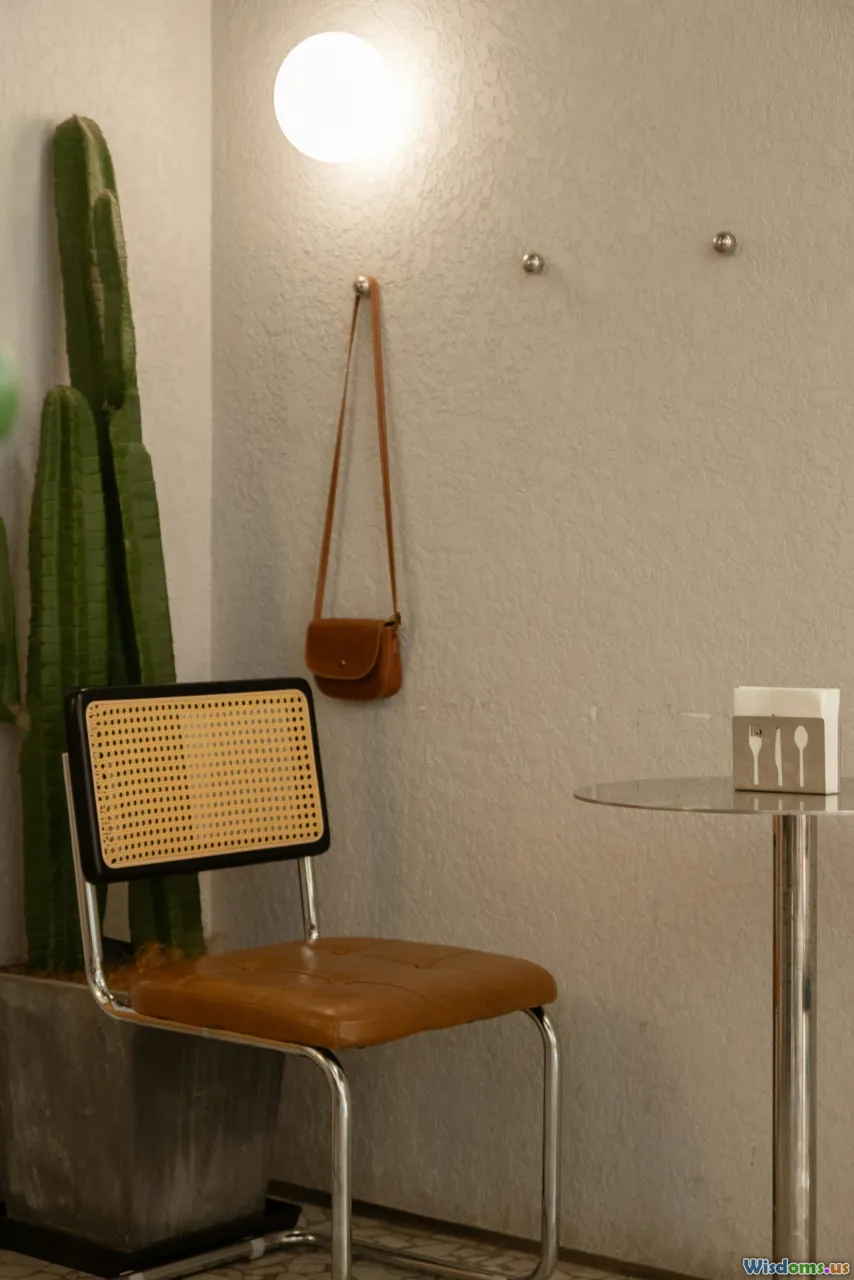
- Commit to a palette: Choose one wood tone and 2–3 accent colors. Visual cohesion makes transforming pieces read as architectural features, not oddities.
- Use verticality: Tall shelving with closed lower cabinets and open upper shelves draws the eye up and balances storage with airiness.
- Zone with lighting and rugs: A pendant over the drop-leaf table and a task light by the fold-down desk create distinct destinations. A 5x7 rug under the sofa signals “lounge,” even when the bed is down.
- Hide cables: Grommets, cord channels, and shallow raceways mounted under tables. Clutter defeats the whole point of multipurpose.
- Choose textiles strategically: Performance fabrics for high-touch, high-traffic surfaces. Storage ottomans can hide throws and pillows that soften the space when the bed is stowed.
Design trick: If your largest piece is transformative (e.g., a wall bed), style it as a feature wall with art or fluted panels. When it folds down, the aesthetic continuity remains.
Maintenance: Keep It Smooth and Safe
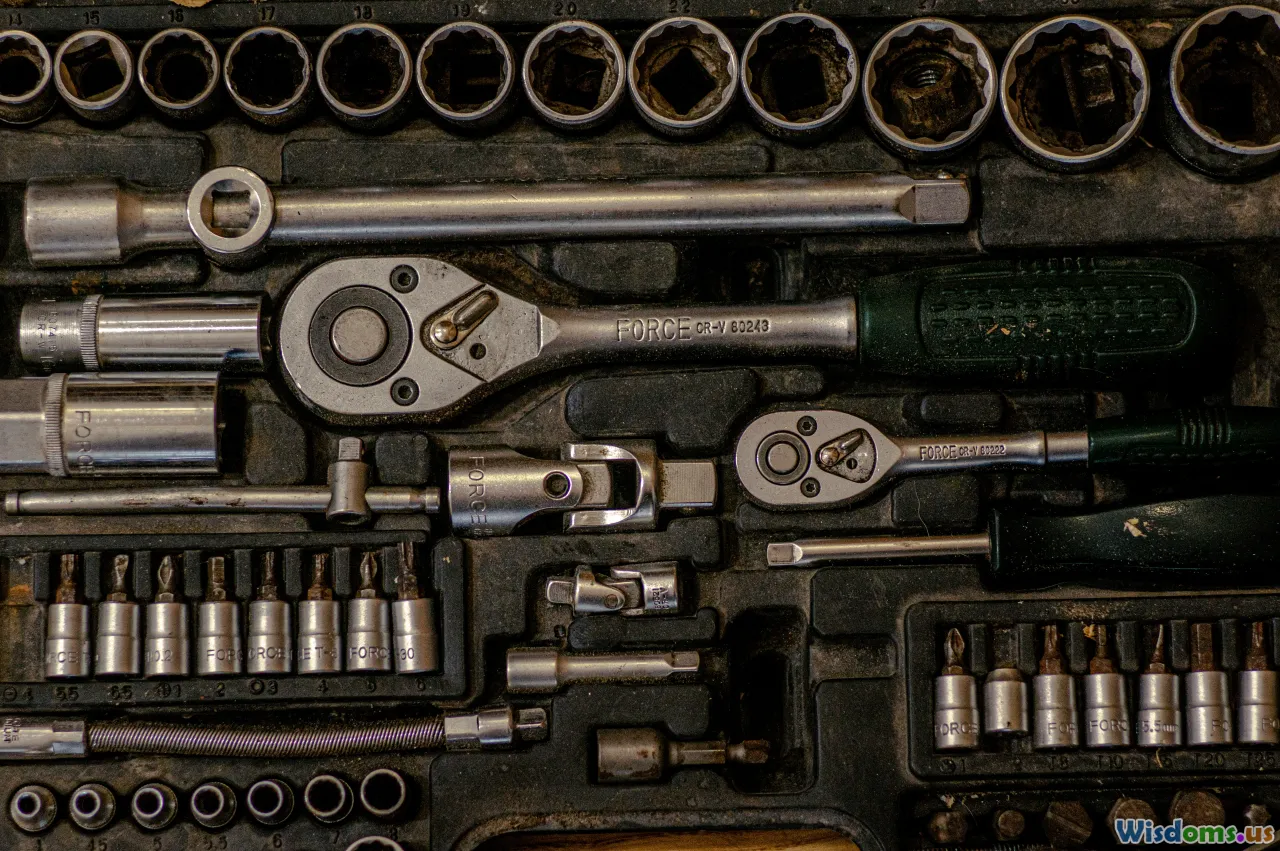
- Tighten hardware: Recheck fasteners every 6–12 months, especially cam locks and hinges. Movement loosens everything over time.
- Lubricate judiciously: Dry lubricant (like silicone spray) on metal hinges and slides; avoid oil that attracts dust. Do not lubricate gas pistons unless the manufacturer specifies.
- Manage humidity: Target 40–55%. High humidity swells wood; low humidity can crack veneers.
- Rotate: If a piece has reversible cushions or a mattress that suits flipping/rotating, do it quarterly to even wear.
- Inspect safety devices: Check anti-tip straps and wall anchors annually. If you move the unit, replace anchors rather than reusing drilled holes.
- Keep receipts and manuals: Replacement parts often require model numbers.
A quick rule: any mechanism that feels stiffer or looser than usual deserves a stop-and-check before something fails.
DIY and Upcycling Ideas (With Safety Notes)

If you’re handy, you can create multipurpose magic on a budget:
- Wall-mounted drop-leaf desk: Use a 3/4-inch plywood top with edge banding, folding brackets rated at least 200 pounds, and a French cleat to spread load across studs. Add a power strip with a strain-relief grommet.
- Modular cube shelves into a room divider: Combine 13-inch cubes in a 2x4 or 3x4 grid, anchor top to ceiling with a tension pole or L-brackets, and add baskets for concealed storage.
- Platform on locking casters: Build a low rolling stage for a sofa that can slide into an alcove to reveal workout space.
- Console-to-dining conversion: Pair a narrow console with hinged leaves and gate-legs that swing out. Test for racking—add diagonal braces if needed.
Safety notes:
- Always anchor tall units. Freestanding does not mean free of physics.
- Use hardware rated for your load. One weak bracket can ruin the entire project.
- Be cautious modifying store-bought products; altering load-bearing parts can void warranties and create hazards.
Smart and Robotic Furniture: When Your Room Listens to You
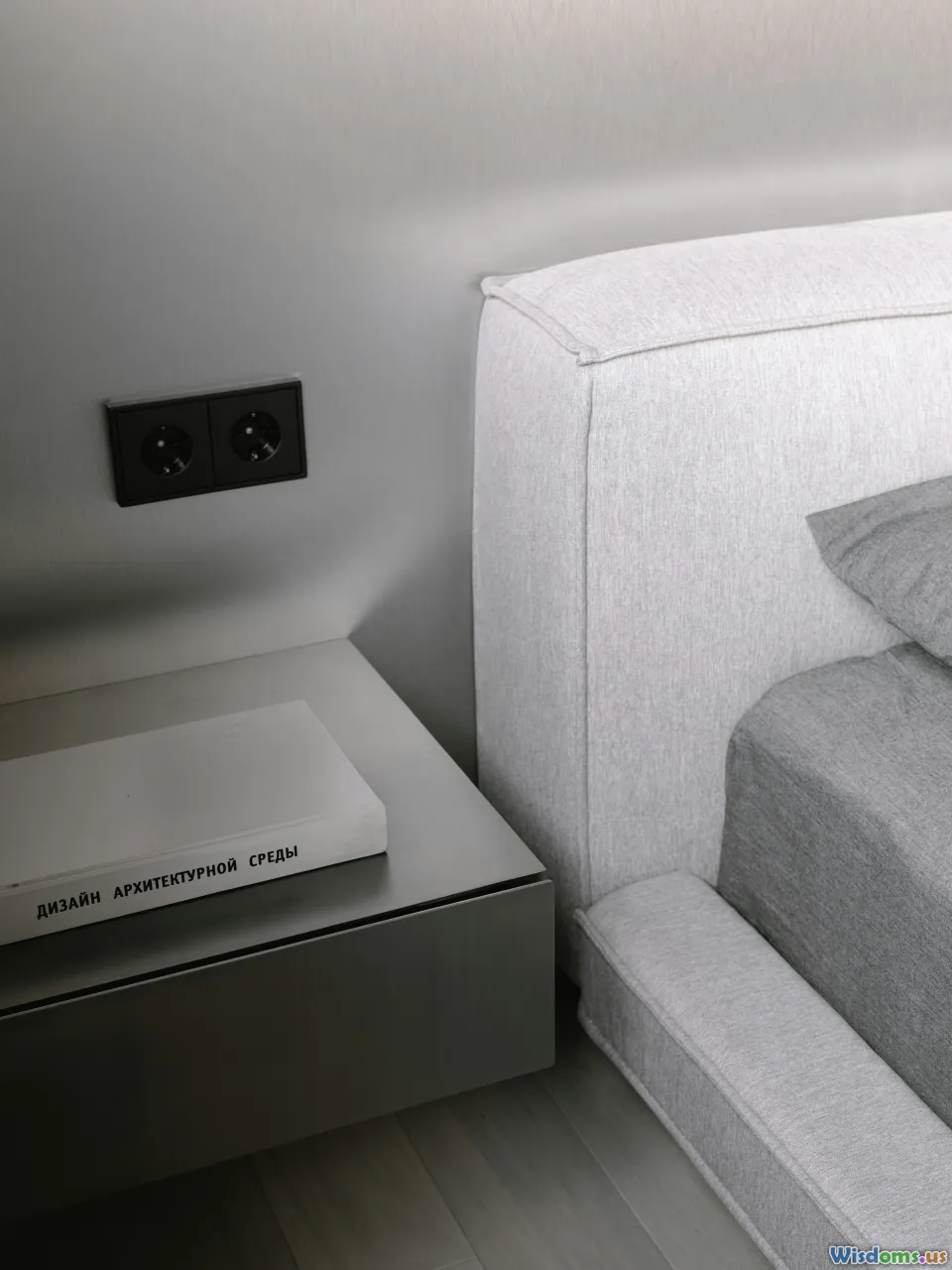
The frontier of multipurpose is robotic. Systems now exist that lower a bed from the ceiling, slide closets aside to reveal office pods, or expand tables with a touch. Some include app controls, voice commands, and integrations with smart lighting.
Pros:
- Space efficiency: Ceilings become storage. Walls become motion.
- Consistency: Motorized systems reduce the effort barrier that stops people from transforming spaces daily.
- Wow factor: For hosts and design lovers, it’s pure theater.
Cons:
- Cost: Often several times the price of manual analogs.
- Power and maintenance: Requires outlets and sometimes dedicated circuits; motors and belts may need servicing.
- Noise and redundancy: Choose systems with manual override in case of power outages.
If you’re considering smart furniture, ask about noise levels (in decibels), safety sensors (obstacle detection), and local service networks. Neighbors in thin-walled buildings will appreciate your research.
Case Studies: Real Layouts, Real Numbers

Case 1: 380 sq ft studio, remote worker
- Goals: Separate sleep and work, seat four for dinner, hide exercise gear.
- Solutions: Queen wall bed with integrated shelving; 40-inch fold-down desk with monitor arm; console expanding to 72 inches; storage ottoman; pegboard for folding chairs.
- Result: Day mode offers a 6-foot work zone and clear 36-inch path; night mode lowers the bed in 15 seconds without moving the sofa. Payback on wall bed vs. one-bedroom upgrade: ~7 months at local rent differential.
Case 2: 720 sq ft two-bedroom, new baby arrival
- Goals: Turn dining area into a nursery by night without losing adult dining.
- Solutions: Banquette with deep storage drawers; oval extension table for daytime meals; crib on casters; curtain track with acoustic fabric to zone noise.
- Result: Dining nook becomes a nighttime nursery with white noise and blackout shades; weekend brunches still seat six. Maintenance: quarterly tightening of banquette drawer slides.
Case 3: 500 sq ft live/work artist’s loft
- Goals: Host open studios, store canvases, and sleep comfortably.
- Solutions: Rolling shelving walls on track; Murphy bed with a fold-down gallery rail; foldable workbenches; wall-mounted drying racks.
- Result: In 20 minutes, studio switches from production to gallery mode. The transform encourages frequent community events without renting extra space.
Buyer’s Checklist: Questions That Save Headaches

- Dimensions: Closed and open. What’s the footprint in each mode?
- Clearances: Can doors, drawers, and leaves open fully without blocking egress?
- Weight ratings: Shelves, hinges, lifting mechanisms—ask for numbers.
- Anchoring: What hardware is included? What walls (stud, concrete, brick) does it support?
- Materials: Solid wood, plywood, MDF, or particleboard? Veneer or laminate?
- Emissions: TSCA Title VI, E1/E0, GREENGUARD claims—verify labels.
- Mechanism cycles: Are parts replaceable? Is there a parts catalog?
- Warranty: Duration, what it covers, who services it in your city.
- Delivery: Box sizes, elevator fit, stair turns, assembly required.
- Returns and resale: Window for returns; how well does the item hold value on the secondhand market?
Pro move: Ask for a PDF spec sheet and installation manual before purchase. Lack of documentation is a red flag.
Common Pitfalls and How to Avoid Them
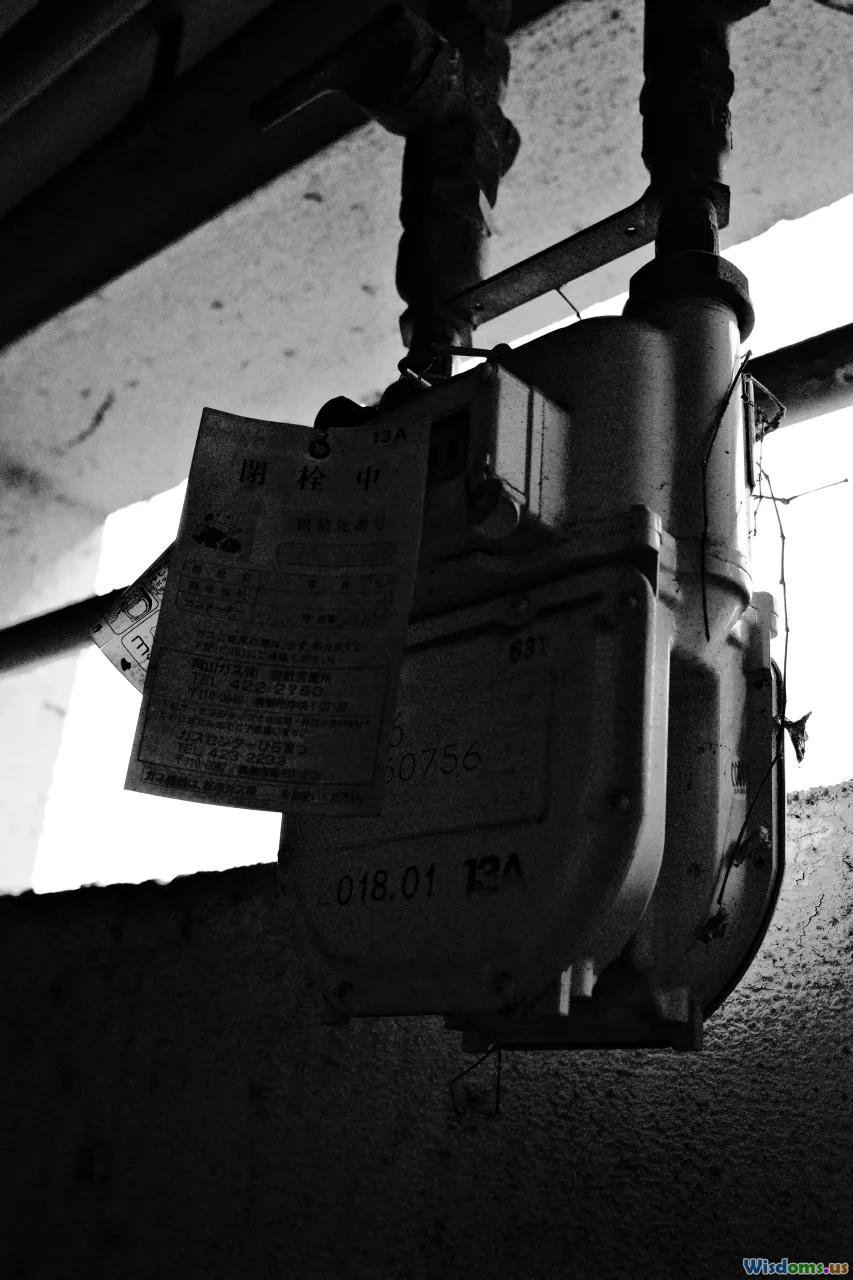
- Ignoring ceiling height: Some wall beds require 91 inches of clearance. Measure, then measure again.
- Overcomplexity: If transformation takes five minutes and two people, you won’t use it daily. Choose intuitive motions.
- Mismatched scale: A massive extendable table can overpower a small living room. Look for narrow pedestals, rounded corners, and compact leaf mechanisms.
- Poor outlet planning: A fold-down desk without reachable power becomes a cable spaghetti. Add low-profile raceways and right-angle plugs.
- Skipping anti-tip: A pull-out desk can turn a cabinet into a lever. Anchor it.
- Noise: Heavy mechanisms can thump. Use felt pads, soft-close hardware, and consider downstairs neighbors.
- Landlord constraints: Check your lease about anchoring and alterations before drilling.
Think of your home as a small boat: every item should earn its keep and secure properly when “at sea.”
Rental-Friendly Solutions That Don’t Anger Your Landlord
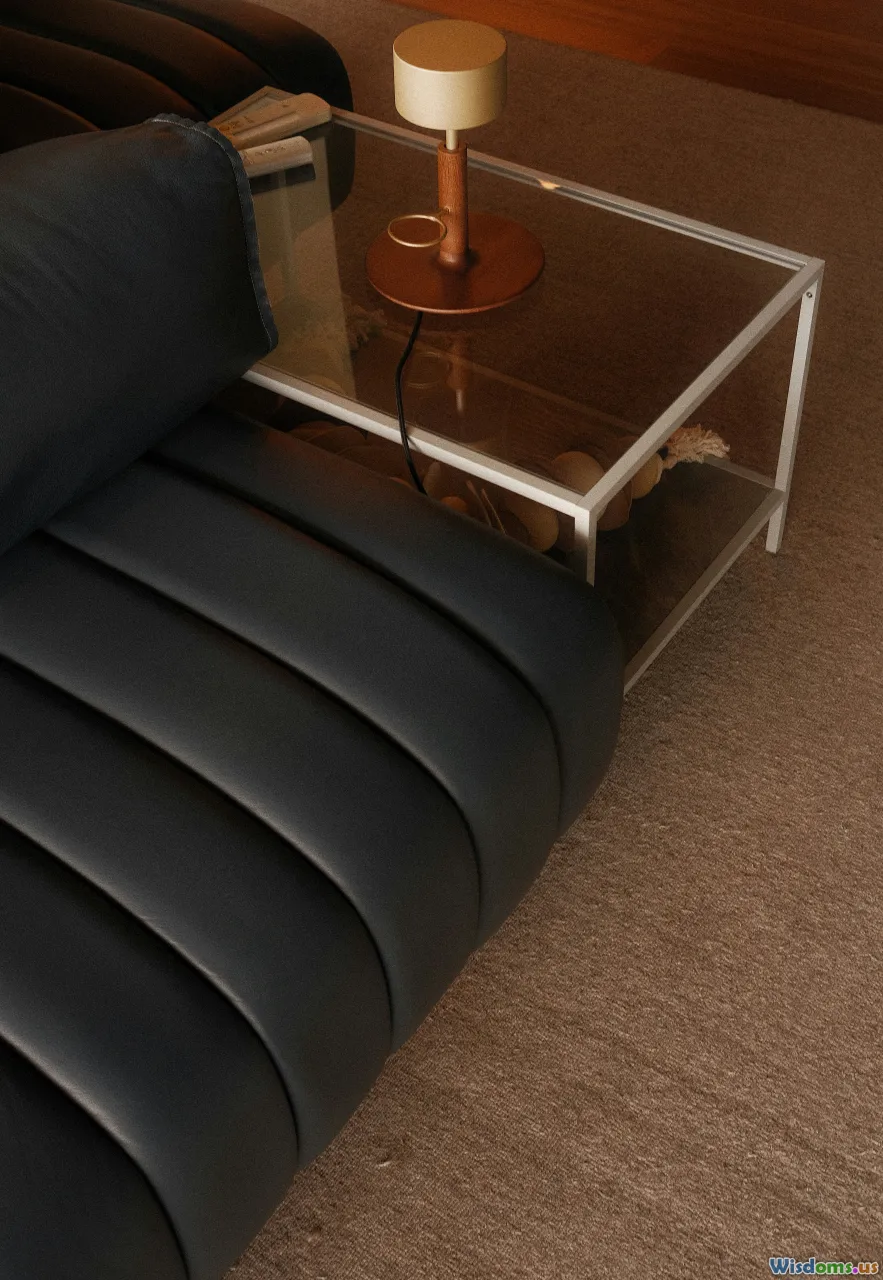
- Freestanding wall beds: Some models rely on floor-mounted platforms and tall back panels that brace between floor and ceiling (check load ratings and ceiling type).
- Tension-mounted systems: Closet rods, shelving with compression poles, and curtain tracks that avoid drilling.
- No-drill anchors: High-strength removable adhesives for small shelves (mind weight limits). Use conservative loads and test.
- Folding furniture: Drop-leaf tables, nesting side tables, and stackable stools can fully stow without wall holes.
- Floor protection: Felt pads and carpet tiles protect finishes and dampen noise.
- Under-bed storage: Rolling bins and vacuum bags are landlord-approved and efficient.
Document the condition of walls and floors before move-in. Keep hardware and manuals; they’ll help you restore and take your furniture to the next place.
Storage Strategy: Think in Layers and Frequencies

- Frequency-based zoning: Keep daily items between knee and shoulder height. Seasonal or rare-use items go high or low.
- Vertical layers: Over-door shelves, headboard cubbies, and high ledges above closets for seldom-used gear.
- Contained chaos: Bins and baskets prevent visual clutter—label them. Transparent fronts help.
- 1-in, 1-out rule: For every new item, retire or donate one. Multipurpose furniture magnifies the benefits of minimalism.
- Hidden charging: Drawer chargers or under-shelf stations reduce countertop mess.
When storage is invisible, transformation feels effortless. If your drop-leaf table can’t open because it’s blocked by a pile, the system fails.
Accessibility and Universal Design in Small Spaces
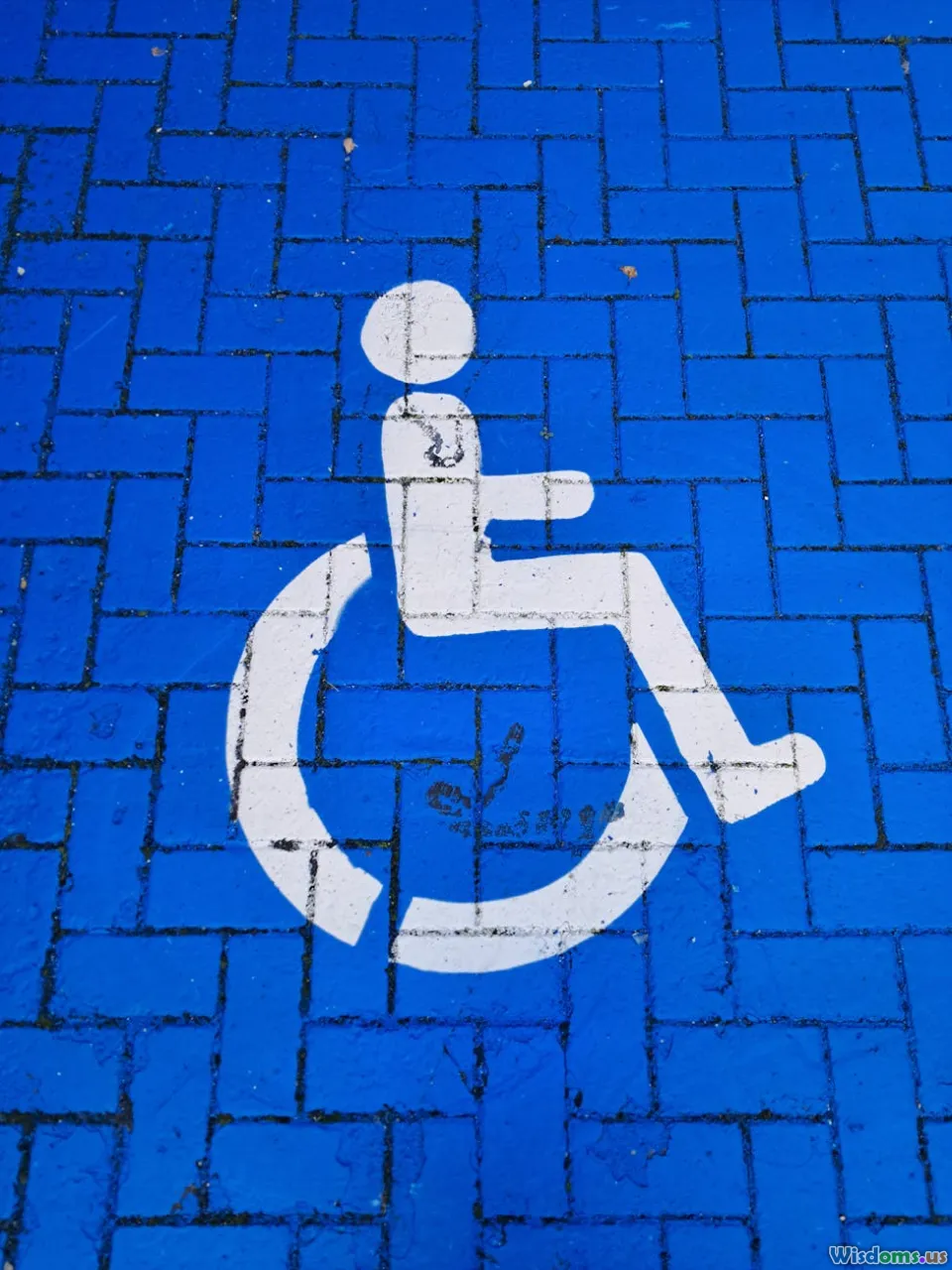
- Handles over knobs: Easier to grip for all users. D-shaped pulls are excellent.
- Smooth thresholds: Rolling casters and mobility devices catch on lips and thick rugs—use low-pile or edge transitions.
- Clear knee space: Wall-mounted desks with open bases accommodate more body types and mobility needs.
- Lighting and controls: Place switches and outlets at reachable heights; consider motion sensors in narrow halls.
- Visual contrast: Edge banding in a different tone helps low-vision users see corners and avoid bumps.
An inclusive setup becomes more valuable over time, particularly if your household changes or you host a range of guests.
Future Outlook: Flexible Homes as the New Baseline
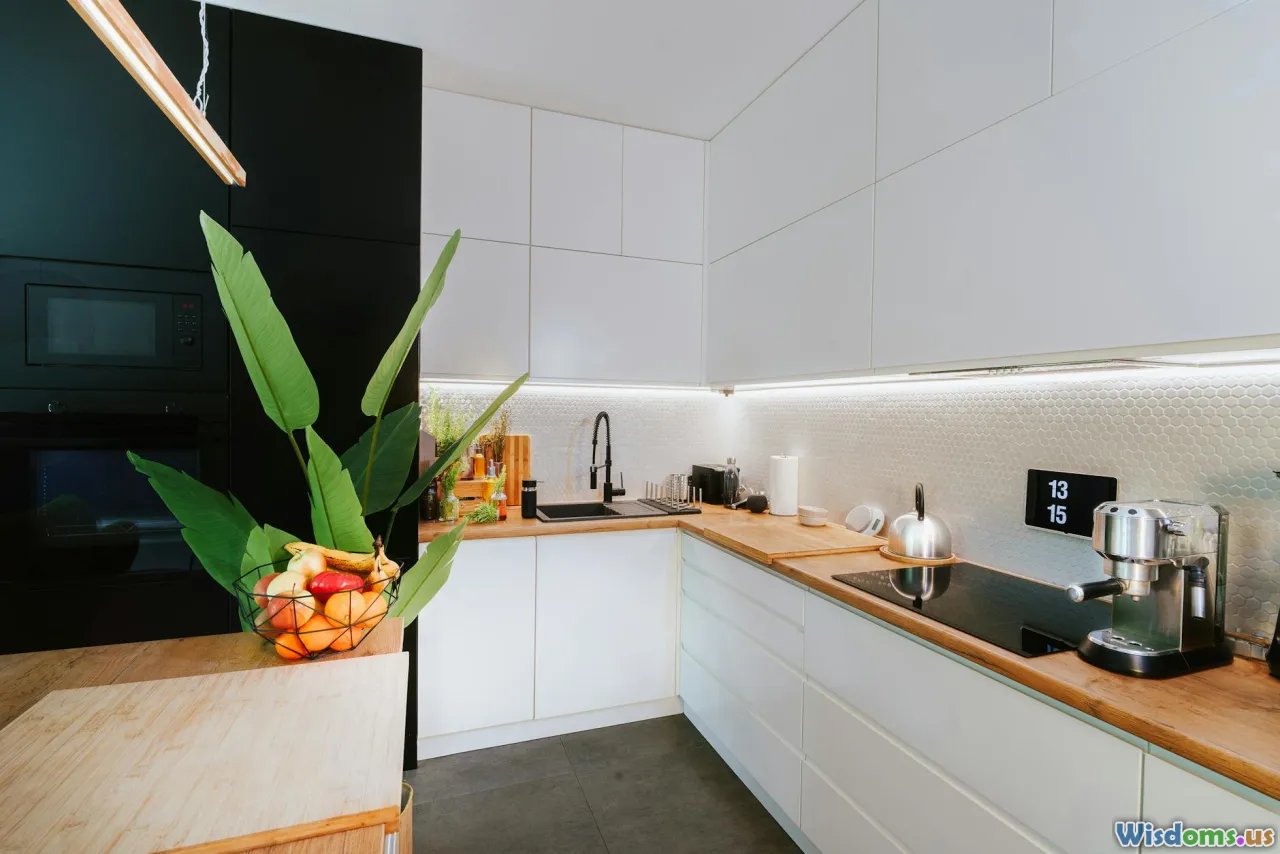
Expect the category to evolve in three directions:
- Component ecosystems: Mix-and-match modules that share standardized hardware, making upgrades and repairs plug-and-play.
- Smarter safety: Sensors that pause motion when pets or kids are near, plus more robust manual overrides for motorized systems.
- Service models: Subscription furniture and “furniture as a service” that includes maintenance, upgrades, and move swaps. This reduces waste and aligns costs with usage.
Building codes and tenant regulations may also adapt, acknowledging transformable elements in defining room function. As more people live smaller but demand more from home, the market will reward designs that feel as reliable as they are remarkable.
City living will likely stay compact, but it doesn’t have to feel constrained. With a plan in hand and the right multipurpose pieces, a 400-square-foot apartment can host a workday, a dinner party, and eight hours of good sleep—no compromises required. The trick is not to chase gadgets but to build a resilient system: a set of objects that work hard, last long, and adapt as quickly as you do.
Rate the Post
User Reviews
Other posts in Interior Design
Popular Posts










